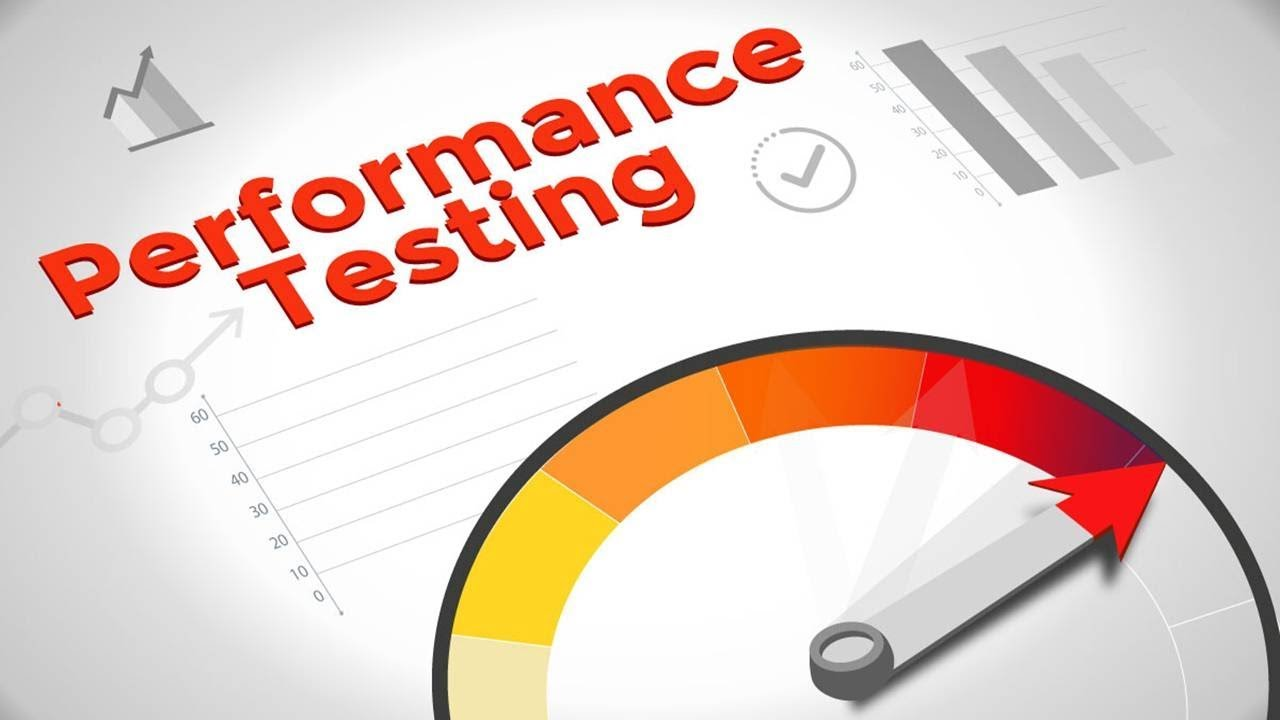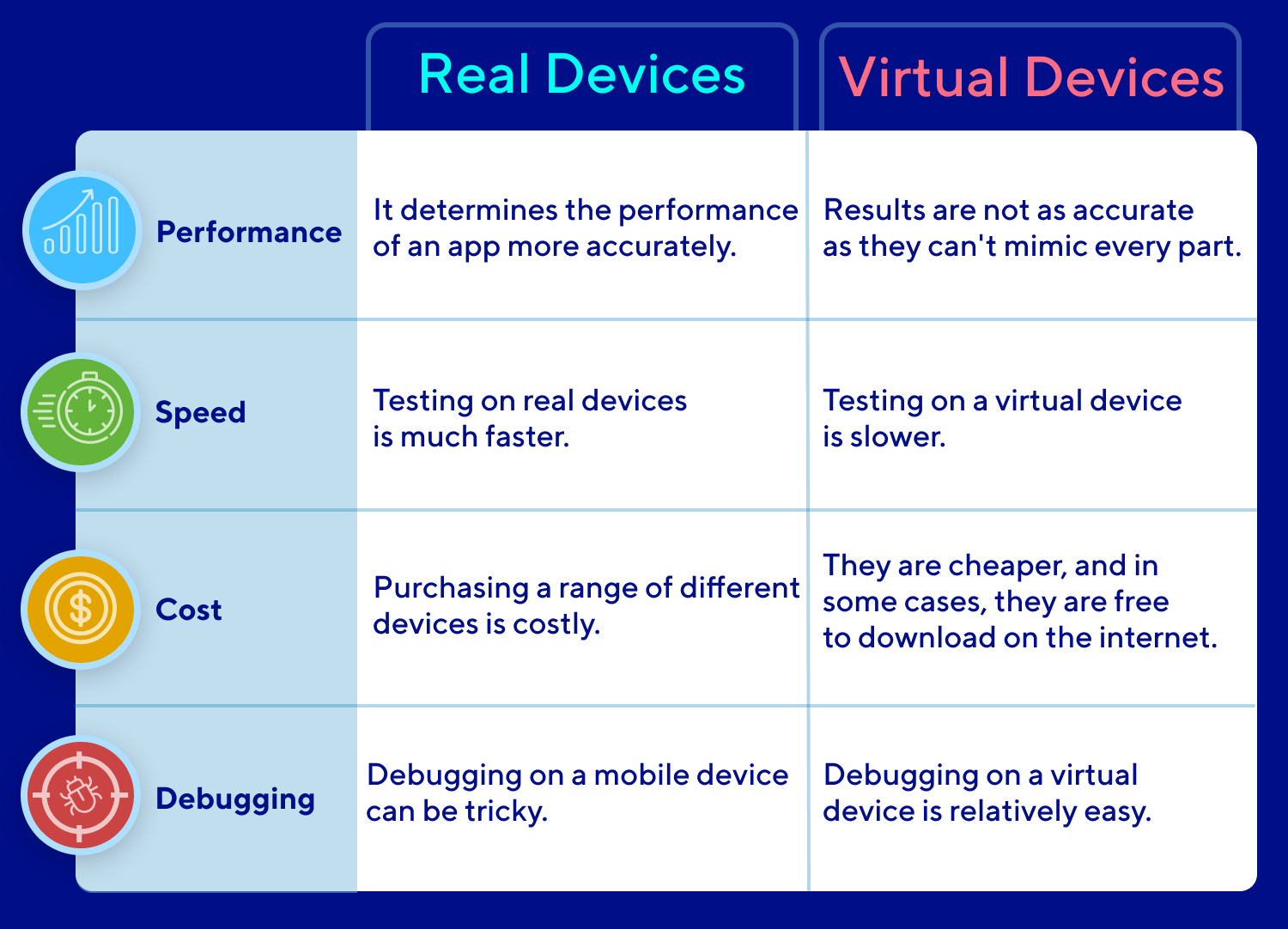The gaming industry thrives on delivering immersive experiences, and a platform’s performance is key to achieving that goal. Players expect fast load times, seamless gameplay, and no interruptions, regardless of the device they use. Performance testing on real devices by real players ensures that gaming platforms meet these high expectations, providing a robust and enjoyable experience for players worldwide.
In this article, we will explore the importance of performance testing on real devices, its challenges, methodologies, tools, and best practices to guarantee optimal performance for gaming platforms. If you are a game developer looking for real player testers, there are a number of crowd testing platforms like Testa.
Why Performance Testing on Real Devices Matters

Unlike simulations or virtual environments, real devices replicate actual user conditions, making them indispensable for performance testing. Players interact with games on various devices—from high-end gaming PCs and consoles to mid-range smartphones. Testing manually by real players reveal the true experience of the users, so testing on real devices provides insights into:
- Load Times: How quickly the game launches and loads different levels or features.
- Frame Rates: Ensuring smooth visuals with minimal stuttering.
- Device-Specific Issues: Identifying and fixing bugs unique to specific models or operating systems.
- Battery and Resource Consumption: Monitoring how the game impacts battery life, CPU, and memory usage.
- Network Performance: Evaluating gameplay under various network conditions, including low bandwidth and high latency.
Challenges of Performance Testing in Gaming

1. Device Fragmentation
Gaming platforms must cater to a vast array of devices, each with unique specifications, screen sizes, operating systems, and hardware capabilities. Ensuring compatibility across this ecosystem is a daunting task.
2. Real-Time Gameplay
Unlike static applications, games involve real-time rendering, complex physics, and dynamic interactions, which make performance testing more intricate.
3. High User Expectations
Players demand flawless performance. Even minor issues like lag or crashes can lead to negative reviews, lost revenue, and diminished player retention.
4. Scaling for Peak Traffic
Popular games often experience surges in traffic during launches or special events. Testing systems for scalability and stability during these peaks is critical.
5. Integration of Features
Modern games often include features like multiplayer modes, in-game purchases, and cross-platform play, each requiring separate performance evaluations.
Key Metrics in Performance Testing
Performance testing on real devices should focus on the following metrics:
- Startup Time: The time taken to launch the game and reach the main menu.
- Frame Per Second (FPS): Ensuring the game consistently runs at an optimal frame rate (e.g., 60 FPS).
- Latency: Measuring response times, especially for multiplayer interactions.
- Crash Rates: Identifying how often and under what conditions the game crashes.
- Battery Usage: Evaluating how much power the game consumes during gameplay.
- Memory and CPU Usage: Ensuring efficient use of resources to prevent overheating or slowdowns.
- Network Performance: Testing connectivity and data usage under various network conditions.
Steps in Performance Testing on Real Devices
Step 1: Define Objectives
Start by outlining specific goals for performance testing. Examples include:
- Ensuring smooth gameplay on high-end and mid-range devices.
- Verifying optimal performance under low network conditions.
- Testing scalability for peak traffic events.
Step 2: Create Test Scenarios
Develop realistic scenarios that mimic how players interact with the game. For instance:
- Launching the game and starting a new level.
- Playing a multiplayer match on different devices.
- Making in-game purchases or navigating menus.
Step 3: Select Real Devices
Choose a diverse set of real devices for testing, including:
- High-end, mid-range, and low-end smartphones.
- Popular gaming consoles (e.g., PlayStation, Xbox, Nintendo Switch).
- PCs with varying specifications.
- Tablets and other handheld devices.
Step 4: Conduct Load Testing
Simulate high traffic scenarios to evaluate how the platform handles multiple players simultaneously. Monitor for:
- Server response times.
- Stability during peak loads.
- Potential bottlenecks in performance.
Step 5: Perform Stress Testing
Push the game beyond its intended limits to identify breaking points. Examples include:
- Running the game on minimal hardware specifications.
- Simulating low battery conditions or limited CPU availability.
Step 6: Test Under Varying Network Conditions
Evaluate gameplay on different network types (Wi-Fi, 4G, 5G) and under conditions like low bandwidth, high latency, or packet loss.
Step 7: Analyze Results and Optimize
Gather data from the tests to identify areas for improvement. Common optimizations include:
- Reducing asset sizes for faster loading.
- Optimizing code to reduce CPU and memory usage.
- Enhancing server capacity for better scalability.
Tools for Performance Testing on Real Devices

Several tools assist in performance testing by providing detailed insights and automation capabilities:
- BrowserStack or Sauce Labs: For testing on a variety of real devices.
- GameBench: Offers real-time monitoring of FPS, CPU usage, and battery consumption.
- JMeter: Useful for load and stress testing.
- Wireshark: Analyzes network traffic for multiplayer games.
- AWS Device Farm: Provides access to a range of real devices for testing.
- Crashlytics: Tracks crash reports and helps identify issues.
Best Practices for Performance Testing on Real Devices
1. Start Early
Incorporate performance testing early in the development process to catch issues before they escalate.
2. Use a Diverse Device Pool
Ensure testing covers a broad spectrum of devices, including older models and various operating systems.
3. Simulate Real-World Conditions
Test in environments players might encounter, such as low battery levels, fluctuating network conditions, or high device temperatures.
4. Focus on Key Metrics
Prioritize metrics most critical to player experience, such as frame rates, latency, and load times.
5. Automate Repetitive Tests
Automate routine tests to save time and resources while focusing manual efforts on complex scenarios.
6. Collaborate with Players
Gather feedback from beta testers to identify performance issues not captured during internal testing.
Benefits of Effective Performance Testing

Investing in performance testing on real devices offers several advantages:
1. Enhanced Player Experience
Smooth, lag-free gameplay retains players and encourages positive reviews, boosting reputation and revenue.
2. Reduced Support Costs
By identifying and fixing issues early, platforms can reduce the volume of complaints and support tickets.
3. Broader Accessibility
Ensuring compatibility with diverse devices allows platforms to reach a wider audience.
4. Increased Revenue
Players are more likely to engage with in-game purchases and subscriptions on a stable platform.
5. Stronger Competitive Edge
Superior performance sets platforms apart in a crowded gaming market, attracting and retaining players.
Conclusion:
By following the best practices of real device testing is a cornerstone of successful gaming platforms. By addressing the challenges of device diversity, real-time interactions, and global player expectations, developers can create seamless experiences that delight players and drive growth.
Through careful planning, the use of advanced tools, and adherence to best practices, performance testing ensures games load fast, play smoothly, and keep players coming back for more. In the competitive world of gaming, it’s a vital investment that pays dividends in player satisfaction and platform success.













Leave a Reply